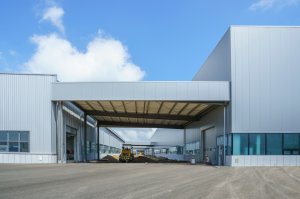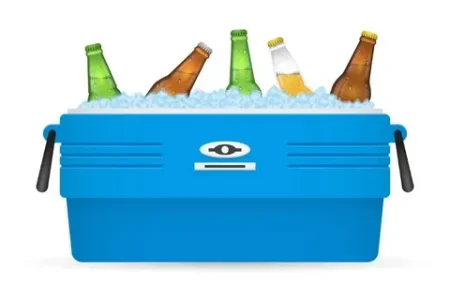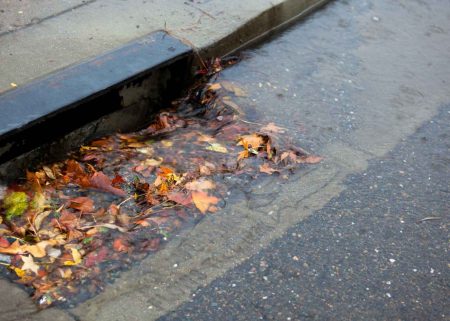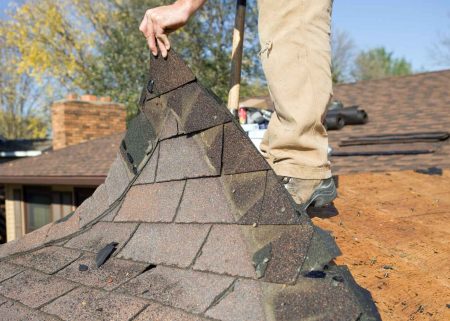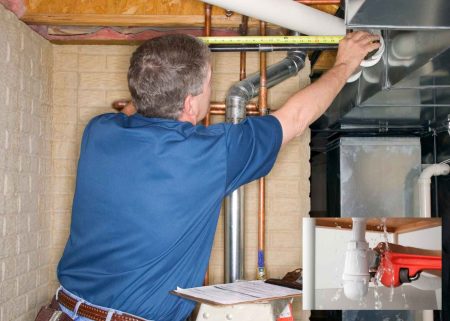Water is essential for life, yet many homeowners take their water quality for granted. Whether it comes from a municipal supply or a private well, the water flowing from your taps might not be as clean and safe as you think. Ensuring your family has access to pure, contaminant-free water should be one of your highest priorities as a homeowner.
Clean water affects every aspect of your daily life, from the food you cook and the beverages you drink to the baths you take and the clothes you wash. Poor water quality can impact your health, damage your appliances, and even affect the taste of your morning coffee. Taking steps to guarantee water safety protects your investment in your home while safeguarding your family’s wellbeing.
Protecting Your Family’s Health
The most compelling reason to prioritize water quality is protecting your family’s health. Contaminated water can contain harmful bacteria, viruses, parasites, and chemical pollutants that cause both immediate illness and long-term health problems. Even water that looks and tastes fine can harbor invisible contaminants that accumulate in your body over time.
Children and elderly family members are particularly vulnerable to waterborne contaminants. Their developing or compromised immune systems make them more susceptible to illness from bacteria and chemicals that might not immediately affect healthy adults. Pregnant women also face additional risks, as certain water contaminants can affect fetal development.
Common water contaminants include chlorine byproducts, heavy metals like lead and mercury, pesticide residues, and industrial chemicals. These substances can cause digestive issues, skin problems, respiratory difficulties, and more serious long-term health concerns. Ensuring your water is free from these contaminants provides peace of mind and protects your family’s immediate and future health.
Improving Taste and Cooking Quality
Clean, pure water dramatically improves the taste of everything you drink and cook. When your water contains chlorine, sulfur, or other chemicals, these flavors carry over into your coffee, tea, soups, and other prepared foods. Many families don’t realize how much better their meals could taste with properly filtered water.
High-quality water also affects baking and cooking results. Bread dough rises differently with pure water, pasta cooks more evenly, and vegetables retain their natural flavors better when prepared with clean water. Even simple pleasures like a glass of ice water become more refreshing when the water is free from chemical tastes and odors.
Cooking with contaminated water can also concentrate harmful substances as water evaporates during the cooking process. This means that soups, stews, and other dishes that require long cooking times can actually increase your exposure to water contaminants rather than dilute them.
Protecting Your Home’s Plumbing and Appliances
Poor water quality doesn’t just affect your health—it can also damage your home’s plumbing system and expensive appliances. Hard water, which contains high levels of minerals like calcium and magnesium, creates scale buildup in pipes, water heaters, dishwashers, and washing machines. This buildup reduces efficiency, shortens appliance lifespan, and increases maintenance costs.
Corrosive water can eat away at pipes, leading to leaks, reduced water pressure, and expensive plumbing repairs. Certain contaminants can also stain fixtures, leave deposits on dishes and glassware, and create unsightly buildup in showers and bathtubs. These problems not only cost money to fix but can also reduce your home’s value over time.
Investing in water quality improvement protects these expensive systems and appliances, often paying for itself through reduced maintenance costs and extended equipment life. Clean water keeps your plumbing running smoothly and your appliances operating at peak efficiency.
Installing Reverse Osmosis Systems
One of the most effective ways to ensure consistently clean water is installing a reverse osmosis system in your home. These systems use advanced filtration technology to remove an incredibly wide range of contaminants, including bacteria, viruses, heavy metals, chemicals, and dissolved solids that other filtration methods might miss.
The reverse osmosis process pushes water against a special filter barrier that traps harmful substances but lets clean water flow through to the other side. This process removes up to most dissolved solids and contaminants, producing water that’s often cleaner than bottled water you buy at the store.
Modern reverse osmosis systems are more efficient and affordable than ever before. They can be installed under your kitchen sink for drinking and cooking water, or as whole-house systems that treat all the water entering your home. Many systems include multiple filtration stages and remineralization to ensure the water not only tastes great but also contains beneficial minerals your body needs.
The convenience of having unlimited clean water on demand eliminates the need to buy bottled water, reducing both costs and environmental impact. You’ll never have to worry about running out of clean water or dealing with heavy water jugs again.
Ensuring Long-Term Peace of Mind
Prioritizing water quality provides lasting peace of mind that’s difficult to put a price on. Knowing that every glass of water, every meal you prepare, and every bath your children take involves clean, safe water eliminates a major source of worry about your family’s health and safety.
Regular water testing and quality monitoring help you stay informed about your water’s condition and catch potential problems before they become serious. Professional water treatment systems provide consistent, reliable results that you can trust day after day, year after year.
Making the Right Choice
Clean, safe water is fundamental to a healthy home and family. Don’t leave something this important to chance—take proactive steps to test your water quality and install appropriate treatment systems. Your family’s health, your home’s value, and your peace of mind all depend on the quality of water flowing through your taps.


